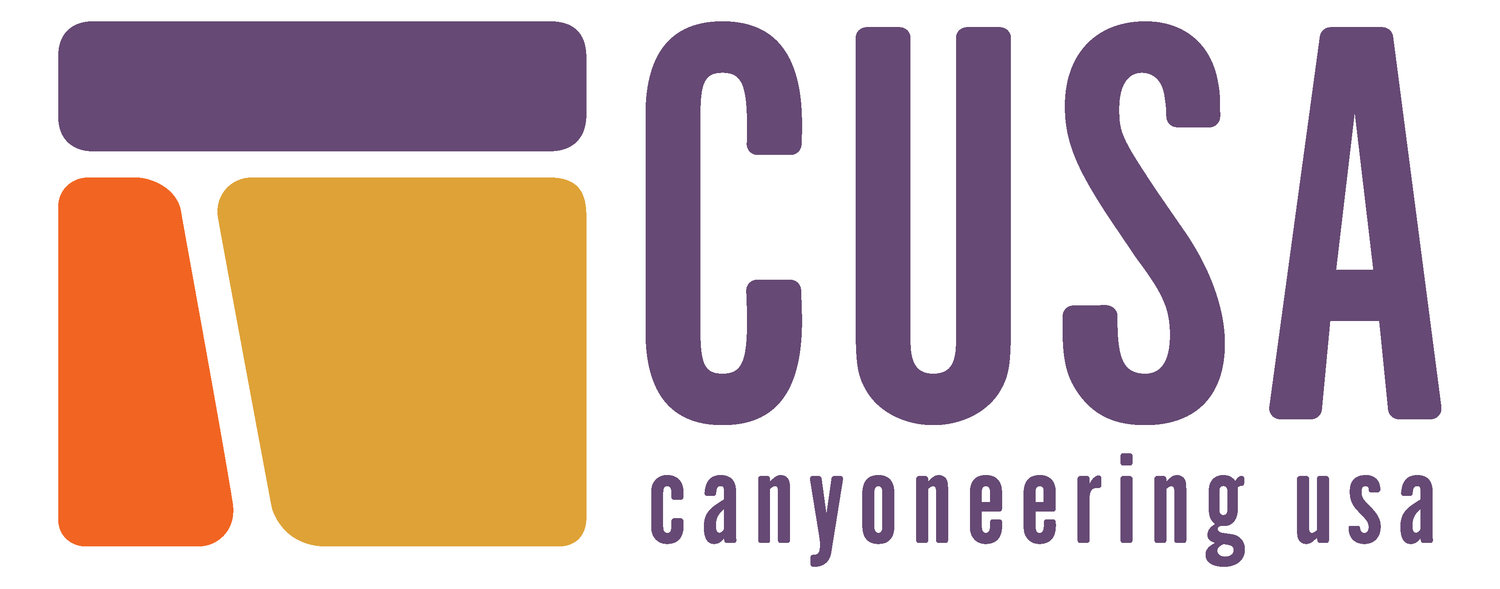The North Fork River Gauge is an important, if unobvious, tool for all Zion visitors. Located near the Visitor Center on the Virgin River, the gauge measures the river's height and flow, reporting new data every fifteen minutes online. The Park uses gauge readings to determine safety and closure levels for The Narrows hike and all other canyons tied into the North Fork drainage; if gauge readings pass predetermined levels, the Park will close certain trails/canyons until water levels subside.
Interpreting Gauge Readings
First, what is a "CFS"? CFS stands for Cubic Feet per Second. Imagine standing in one spot of the river, and watching the water volume go by. A cubic foot of water is about the size of a basketball. So, if the river is at 40 CFS, about 40 basketballs of water are passing you EVERY second.
There are a couple key elements of the river gauge:
The current CFS reading gives you an idea of the seasonal "speed" of the river.
The graph lets you track the "trending" of the river, over the past day or week. In spring, this often helps forecast when the spring snowmelt is dying down in the Zion area.
The gauge also shows REAL flooding. If you are ever in Zion and experience a big rain event (hopefully NOT in a canyon), check out the gauge for water level eye-candy. After a monsoon passes through, it's not uncommon for the river to jump 50-150 CFS in a matter of 15 minutes - a flooding event proving flash floods are rare, but warnings are true and can be deadly.
Does CFS indicate how deep will the water be?
The gauge doesn't really answer this. It measures depth AT the exact gauge point, but the Virgin River (especially the Narrows) has highly variable depth. Floods scour out sand bars, move the course of the river, and make deeper and shallower spots throughout the year and over the years. In the river, depth trends with flow: higher flow means deep spots are deeper, but deep spots can also be present in low flow seasons. In canyons, it's even more variable: rains and snowmelt fill up potholes and droughts dry them out, but real depth conditions are usually unknown. Ask the Wilderness Desk, other hikers, or local outfitters what they've been hearing about depth to get an idea.
How CFS Affects Activities
The Virgin River CFS reading directly determines the open/closed status of these Zion Canyons:
- If the river is above 120 CFS, these canyons & hikes are closed:
Top-Down Narrows, Orderville Canyon, Mystery Canyon, Imlay Canyon, Kolob Canyon - If the river is above 150 CFS, these canyons & hikes are closed: Bottom-Up Narrow
During spring snowmelt, the gauge must STAY below 120 or 150 CFS for 24 hours before the wilderness desk will issue permits for these canyons.
"Man, this is my ONLY trip to Zion and the hike/canyon I've been dreaming about is CLOSED?!?"
For athletic adults, hiking above these CFS boundaries is, quite frankly, difficult, unenjoyable and dangerous. Trust the rules and choose a more appropriate activity.
What about other Zion canyons?
There are no gauges on other Park drainages, but pay attention to flow (CFS) in any canyon you enter. In general, the larger the drainage, the more water volume you can comfortably manage during a descent. For instance, the Virgin River is 35 - 40 feet wide in spots, and can be hiked at much higher CFS levels than canyons that are only 3-10 feet wide. Think about putting your thumb over a full running hose and the wild spray that happens. This is what happens when slot canyons like the Subway, Spry, Pine Creek, or Heaps flash flood with as little as 5 CFS, making conditions incredibly dangerous.
Boating
Yes, you CAN boat the Virgin in certain conditions. CFS must be above 140 and you MUST obtain a boating permit (Wilderness Desk) if you are inside the National Park. These high-water conditions often occur during springtime, offering brief windows for boating. Look for kayaks or duckies putting in at Canyon Junction or the Sol Foods located next to the Big Screen theater. These river sections are generally Class II-III, but be ready for numerous strainers and trees.
Some brave souls have boated the Narrows, with mixed results. If this interests you, find someone who's done it, get impeccable beta, and be incredibly over-prepared. The Narrows is a fully committing Class IV with no exit for over 8 miles. Permit ALSO required.


